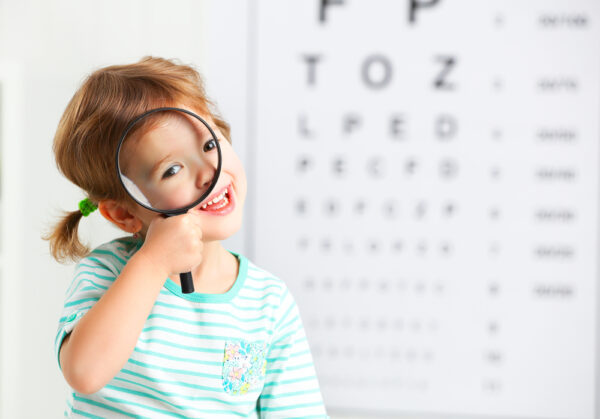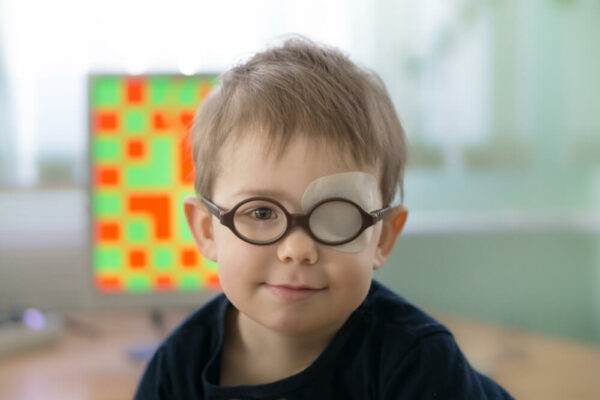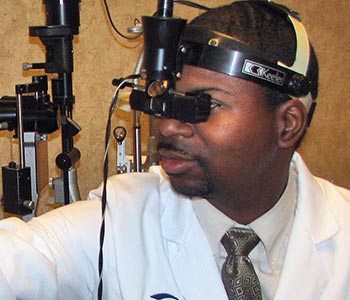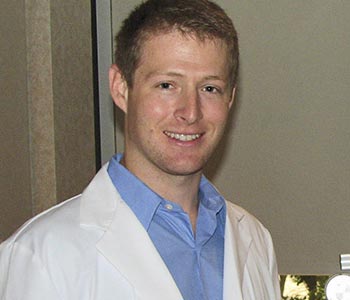Pediatrics
Pasadena Pediatric Eye Services

Good vision is essential for proper physical development and educational progress in growing children. Early detection of vision problems or eye disease provides the best opportunity for effective treatment and optimal outcome.
Common Pediatric Eye Problems
- Failed Vision Screenings
- Amblyopia
- Strabismus (misalighnment of the eyes)
- Refractive Errors
- Tear Duct obstruction
- Chalazia (stye)
- Conjunctivitis (pink eye)
Fail Vision Screening
Texas Health and Safety Code requires that all children enrolled in any public, private, parochial, or denominational school or any licensed child-care center or child care home who meet the following criteria must be screened:
- 4 years old by September 1
- Kindergarteners
- Any other first time entrant (4 years through 12th grade)
- 1st, 3rd, 5th, and 7th graders
Amblyopia

Amblyopia sometimes referred to as “lazy eye,” is poor vision in an eye appears to be normal. It occurs when the brain does not recognize the sight from that eye. Two common causes are strabismus (misaligned eyes) and a difference in the refractive error (need for glasses) between the two eyes. Obstruction of the vision in one eye (cataracts, ptosis (droopy eyelid), corneal scar) can also cause amplyopia. If untreated, amblyopia can cause irreversible visual loss. The best time for treatment is in the preschool years. Improvement of vision after the child is 8 or 9 years of age is rare.
Treatment of Amblyopia
In order to correct amblyopia, children must be forced to use the lazy eye. The brain must be conditioned to pay attention to images from the lazy eye. This is usually accomplished by patching or covering the good eye during waking hours, often for weeks or months. The patching regimen is usually started as close to full time as possible. As the vision begins to improve, the patching may be reduced. Part time patching is usually needed until 9 years of age. Patching can be a trying experience for the family but the vision gained will benefit the child for his or her entire life. The patches are designed to block out as much light as possible. The most effective patches are large “Band-Aid” types that completely cover the eye. Specially designed cloth patches that snugly fit over one lens of a pair of glasses can also be effective.
Strabismus
Strabismus is a misalignment of the eyes; they may turn in, out, up, or down. If the same eye is chronically misaligned, amblyopia may develop in that eye. With early detection, vision can be restored by patching the properly aligned eye, which forces the misaligned one to work. Surgery or specially designed glasses also may help the eyes to align.
Strabismus and amblyopia are common, each occurring in 4 of 100 children. The risk of these conditions is much higher with a family history of eye problems.
Refractive Errors
Refractive errors mean that the shape of the eye doesn’t refract, or bend, light properly, so images appear blurred. Refractive errors also can cause eyestrain and/or amblyopia. Nearsightedness is the most common refractive error; others include farsightedness and astigmatism:
- Nearsightedness is poor distance vision (also called myopia), which is usually treated with glasses or contacts.
- Farsightedness is poor near vision (also called hyperopia), which is usually treated with glasses or contacts.
- Astigmatism is imperfect curvature of the front surface of the eye, which is usually treated with glasses if it causes blurred vision or discomfort.
- Uncorrected refractive errors can cause amblyopia particularly if they are severe or are different between the two eyes.
Blocked Tear Duct
Tears normally drain through small openings in the corners of the upper and lower eyelids called puncta and enter the nose through the nasolacrimal duct. Tear duct obstruction prevents tears from draining through this system normally.
Signs/symptoms of tear duct obstruction
Blockage of the drainage system causes tears to well up on the surface of the eye and overflow onto the eyelashes, eyelids, and down the cheek. This usually occurs within the first days or weeks of life.
The eyelids can become red and swollen (sometimes stuck together) with yellowish-green discharge when normal eyelid bacteria are not properly “flushed” down the obstructed system. Severe cases result in a serious infection of the tear duct system (dacryocystitis).
Treatment of a blocked tear duct
Fortunately, tear duct obstruction resolves spontaneously in a high percentage of cases. When obstruction is persistent, one or more of the following treatments may be recommended: tear duct massage, topical antibiotic eye drops, tear duct probing, balloon tear duct dilation, and/or tear duct intubation.
Chalazia (stye)

A stye usually begins as diffuse swelling followed by localization of a nodule to the lid margin.
Treatment includes warm compresses and topical antibiotic drops or ointment four times a day. Antibiotics should be continued for 3-4 days after spontaneous rupture to prevent recurrence In children surgical excision often requires a general anesthetic in the operating room; therefore, extended trials of conservative therapy are warranted.
Conjunctivitis “pink eye”

Conjunctivitis is an infection of the conjunctiva (the outer-most layer of the eye that covers the sclera). The surface of the eye becomes red, typically with discharge, matter, tearing, or discomfort. There are various causes including viral and bacterial infections, allergies, and chemical exposure. Each requires different treatments. With the exception of the allergic type, conjunctivitis is typically contagious.




